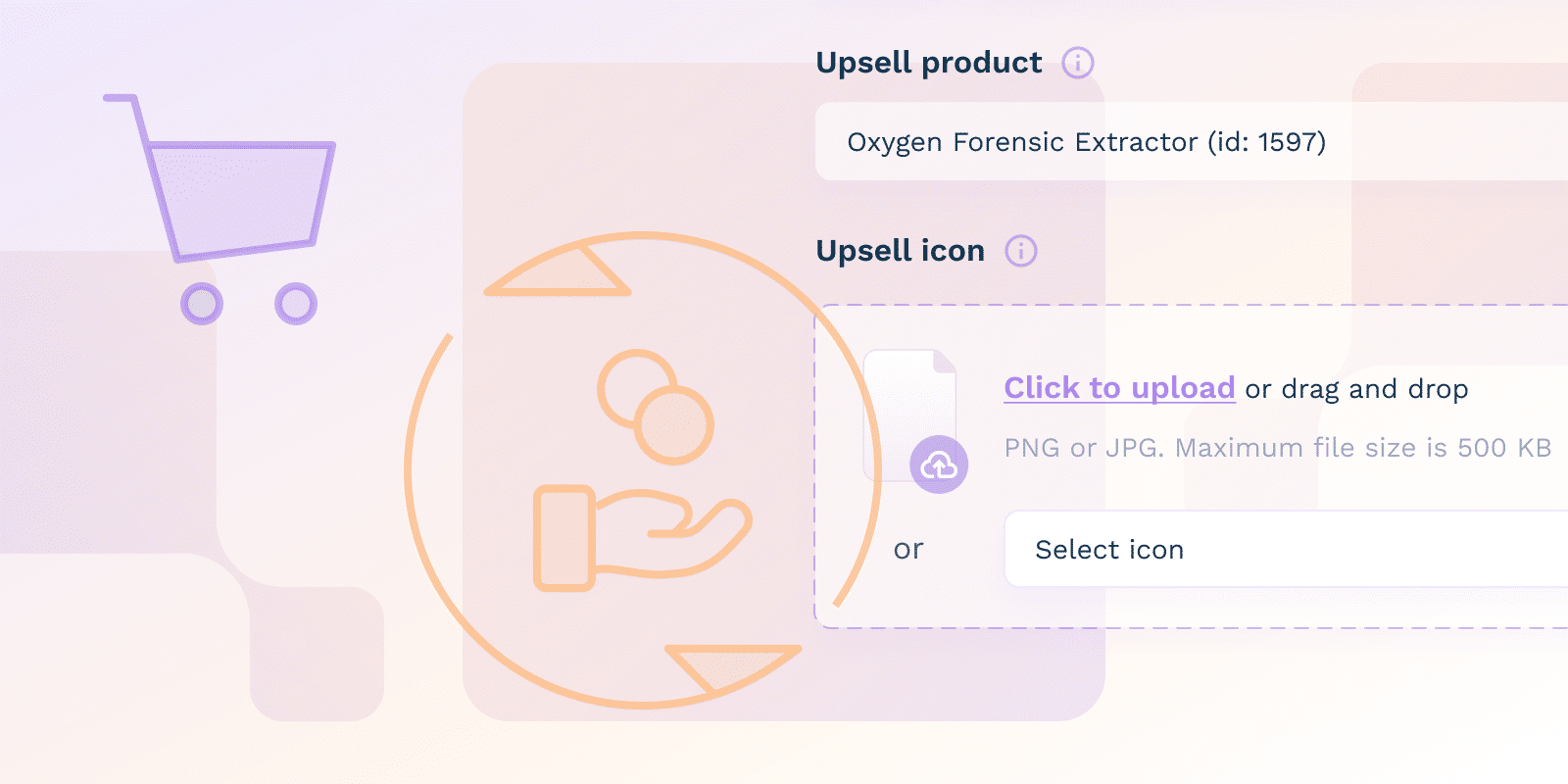Customer Retention
What is the Difference Between Upsell and Expansion?

What is the difference between upsell and expansion?
The objective of both upselling and expansion is to increase customer spend, but they’re two different things.
Here’s a quick breakdown of the differences between both:
- Upselling: Promoting higher-tier plans and packages on existing products and services; the customer must have a good relationship for this, otherwise it won’t be effective. Upselling methods that companies use include more features that the customer would use, and changes to usage limits if there are caps.
- Expansion: Adding new products, services, licenses, etc. – the customer will already have worked with the company, but you need to ensure that you’re already meeting their needs.
| Feature | Upselling | Expansion |
|---|---|---|
| Core Characteristics | ||
| Primary Focus | Upgrading existing products/services | Adding new products/services |
| Scope | Within current product line | Across product portfolio |
| Implementation | ||
| Common Methods | Higher-tier plans, increased usage limits | New licenses, additional products, complementary services |
| Prerequisites | Strong customer relationship, satisfaction with current service | Existing needs being met, readiness for additional solutions |
| Customer Impact | ||
| Value Proposition | Enhanced features of existing solution | Additional functionality through new solutions |
| Customer Journey | Vertical growth within product | Horizontal growth across products |
What are the account expansion strategies for SaaS?
SaaS companies use different methods for expansion; it depends on the industry, product, and customer.
Here are some account expansion strategy examples:
- Cross-selling: Other products alongside the current subscription, such as a CRM tool for project management software customers.
- Add-ons and modules: Compared to cross-selling, add-ons and modules are for the customer’s existing product. A chatbot add-on for a customer service tool would be one example.
- Seat/User Expansion: Increasing the number of users and licenses; this works with growing companies, but there needs to be a reason for the customer to upgrade.
- Service Upgrades: Consulting, training, and account managers are sometimes offered for growth-minded customers; this might not work with some businesses.
How do you upsell and cross-sell in SaaS?
Knowing how to cross-sell and upsell in SaaS can be difficult, but here are some ways:
- Customer knowledge: Ask your customers about their needs and identify their behaviors using your software.
- Personalization: Gather information about customers and ask them for feedback and recommendations.
- Data and analytics: Target customers with higher CLTV, and determine whether they’re ready for additional services.
- Strategic timing: Wait for specific times to offer upselling and expansion (such as when they hit a revenue goal). Upselling and expansion can also be effective when customers encounter scalability issues and similar challenges, but be sensitive to their issues.
- Customer service: You need to have an existing relationship with the customer for upselling and cross-selling to work.
What is the role of customer success in upselling and expansion?
You need Customer Success Managers to understand customer goals and build relationships; without them, upselling and cross-selling are challenging.
CSMs should ask questions and understand what is and isn’t working with their SaaS. After doing that, they need to work together with the client to identify possible spots for extra value.
How can you measure the success of upselling and expansion efforts?
Here’s how to measure upselling and expansion:
- Upsell/Expansion Revenue: Measure income and decide whether you need strategic tweaks.
- Customer Lifetime Value (CLTV): Look at how much revenue each customer generates.
- Customer Satisfaction: Determine how customers feel about you. You can use CRM tools for sentiment ratings.
- Churn Rate: Look at churn rates and think of ways to reduce this (e.g. tweaking customer service).
Conclusion
Before you can upsell or expand, you must have an existing relationship with customers. It’s up to the CSM to build these, but you should also help where necessary. Once you’ve built the relationship, you should think about what they would realistically purchase.